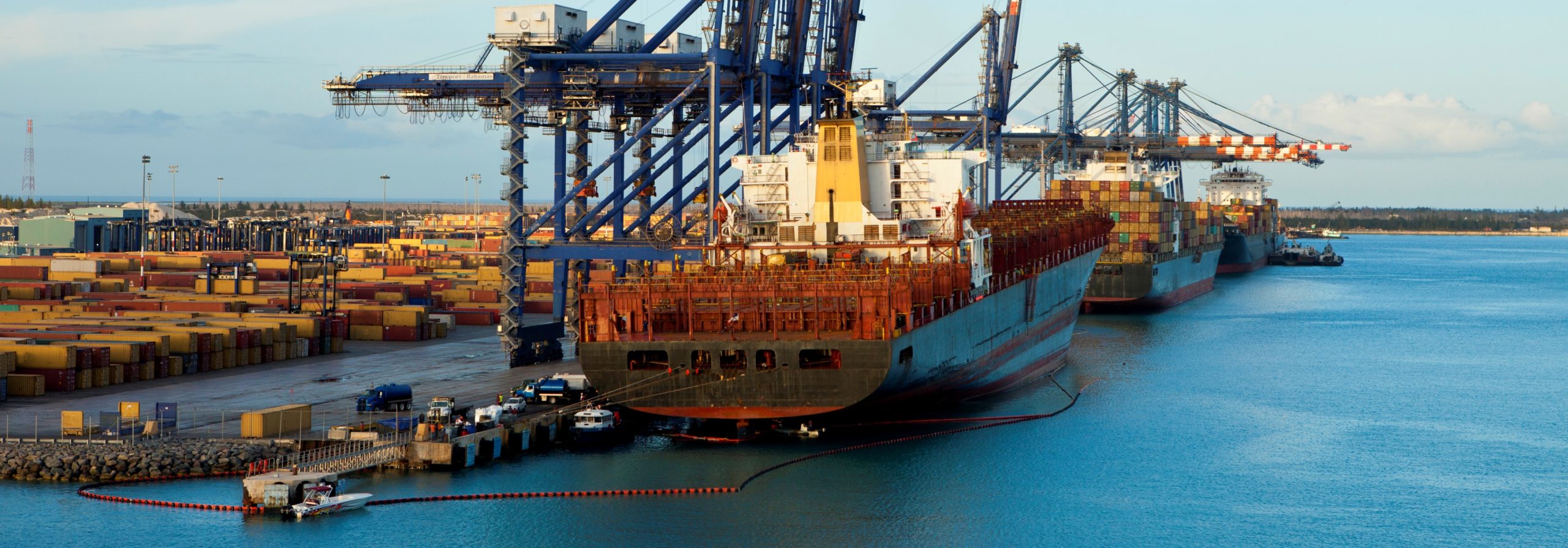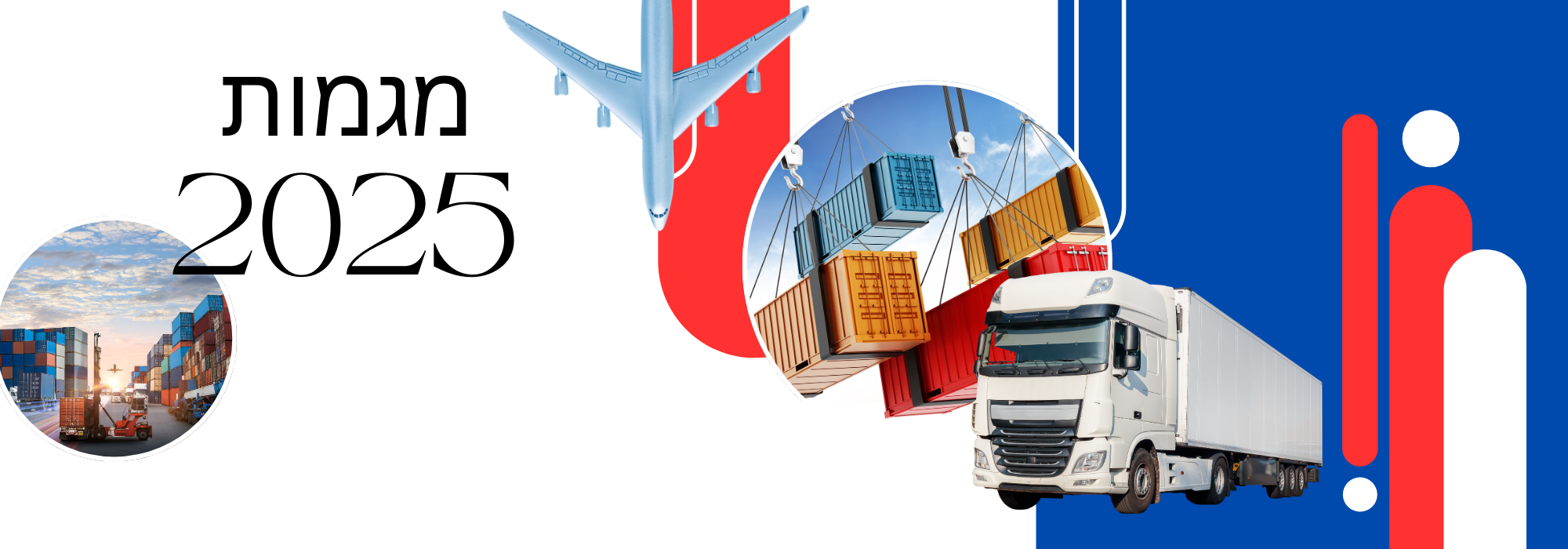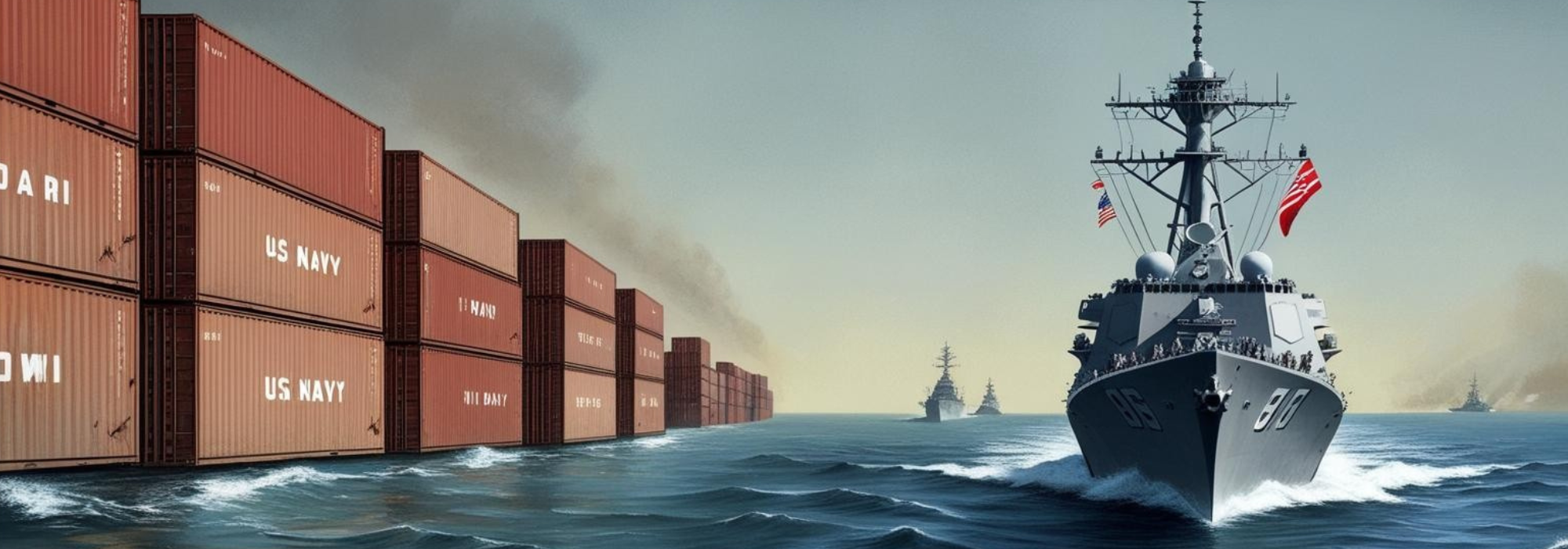When policymakers talk about “trade facilitation”, they are referring to a specific set of measures that streamline and simplify the technical and legal procedures for products entering or leaving a country to be traded internationally. Trade facilitation covers the full spectrum of border procedures, from the electronic exchange of data about a shipment, to the simplification and harmonisation of trade documents, to the possibility to appeal administrative decisions by border agencies.
In an interconnected world where goods often cross borders many times as both intermediate and final products, and against a background of supply chain disruptions, trade facilitation policies can:
- Allow better access for businesses to production inputs from abroad and supporting greater participation in global value chains, including small- and medium-sized enterprises (SMEs).
- Help lower overall trade costs and increase economic welfare, in particular for developing and emerging economies.
- Ensure the timely delivery of medical goods and perishable agricultural products, both of which are highly sensitive to delays.
- Promote the resilience of global supply chains and help meet the challenges and seize the opportunities of the digital and green transitions.
Trade facilitation is becoming more, not less, important in the digital era. The growing numbers of parcels crossing international borders is both increasing demand and creating new challenges for trade facilitation. Moreover, as part of their response to the challenges at borders triggered by the COVID-19 pandemic, many economies made increased their use of digital tools to implement measures aimed at streamlining trade processes and documentary requirements
OECD Trade Facilitation Indicators help countries benchmark and improve their border procedures
Launched in 2013 and updated every two years, the OECD Trade Facilitation Indicators (TFIs) allow countries to identify strengths and challenges in trade facilitation, prioritise areas for action, and mobilise technical assistance and capacity building in a more targeted way. The OECD TFIs cover the full spectrum of border procedures for more than 160 economies across different income levels, geographical regions, and levels of development. Each TF indicator is composed of several specific, precise and fact-based variables related to existing trade-related policies and regulations and their implementation in practice.



















